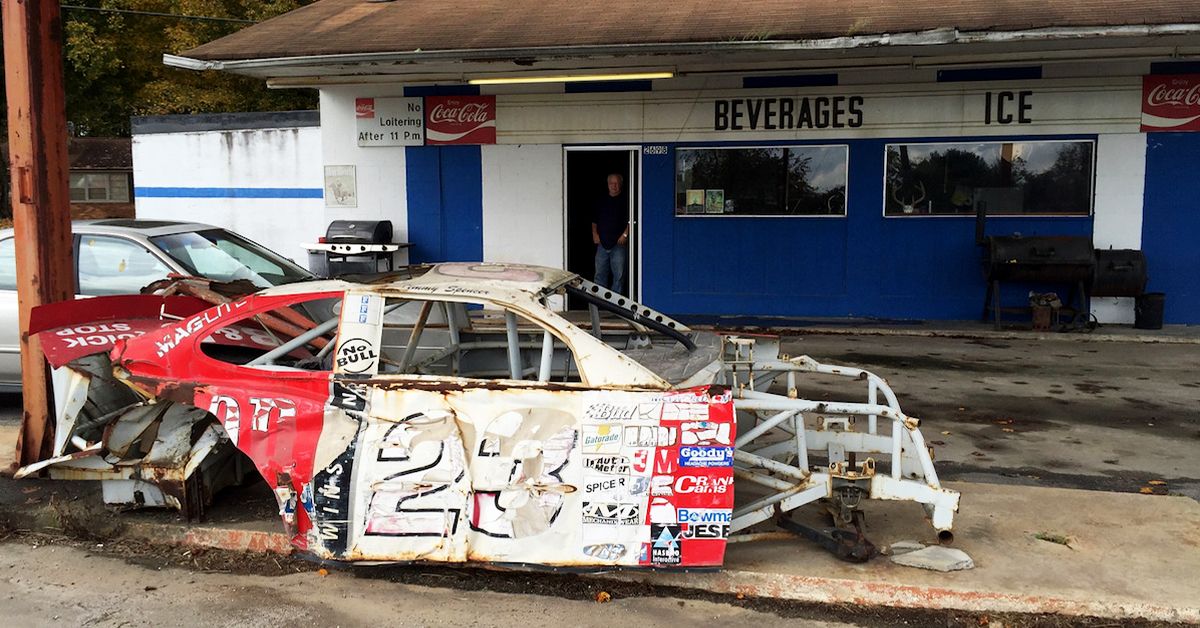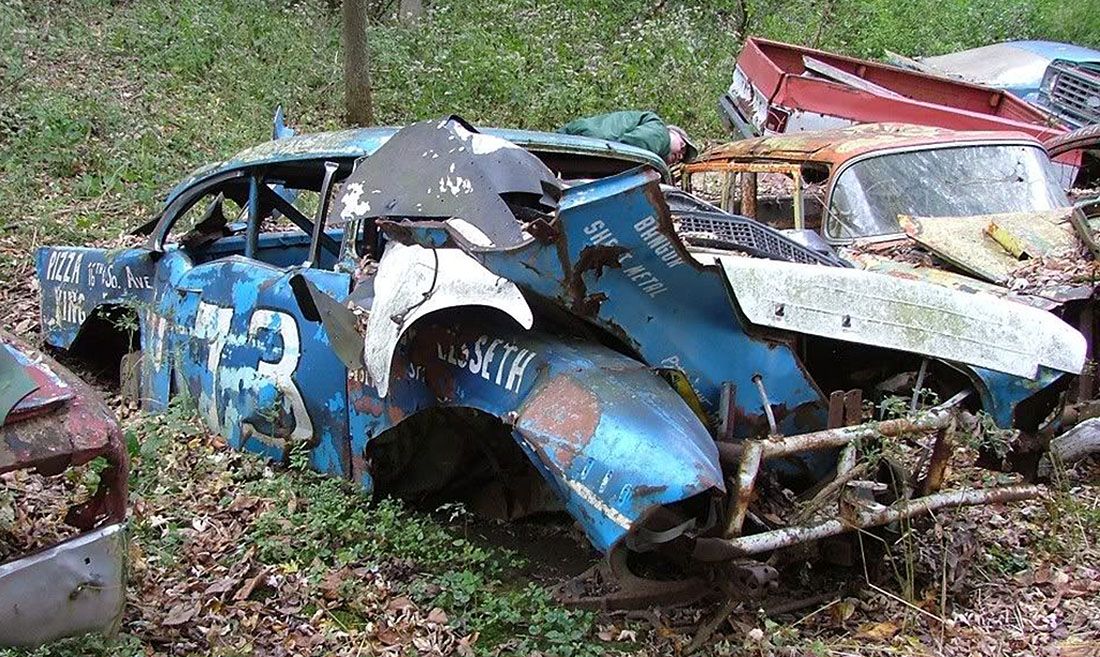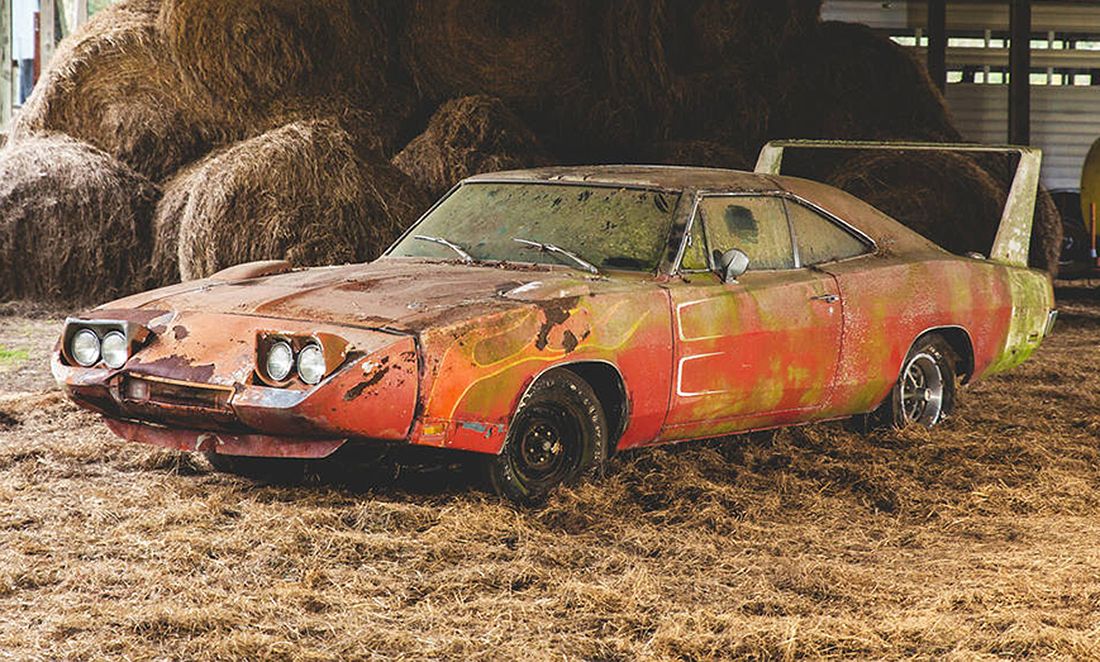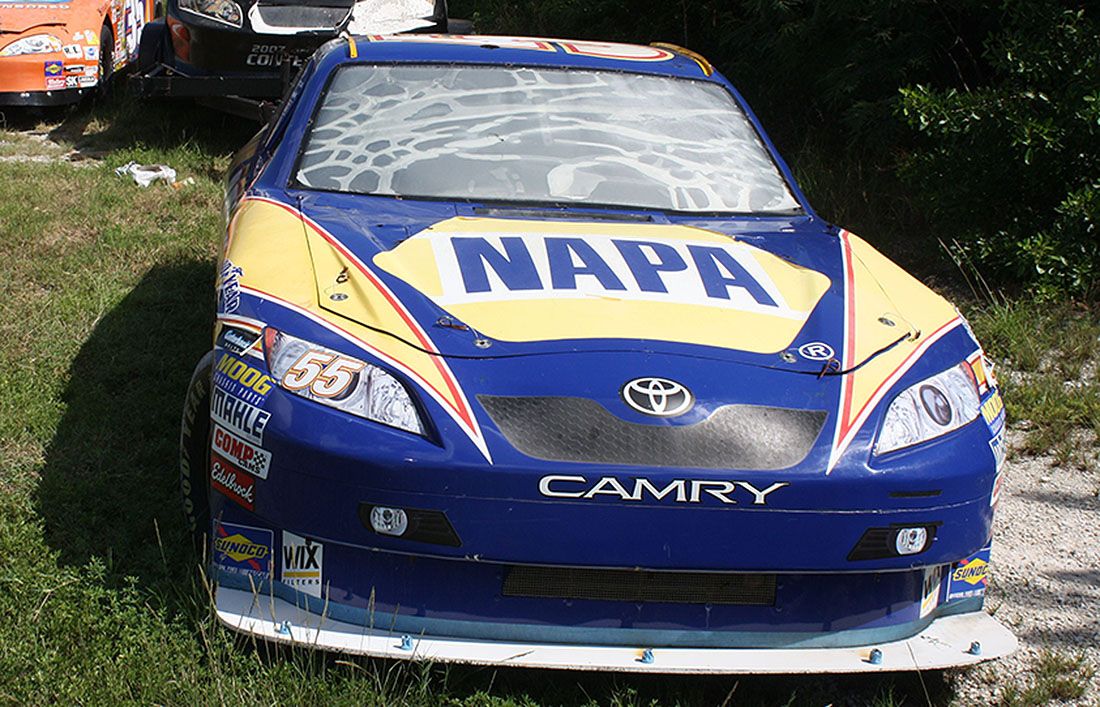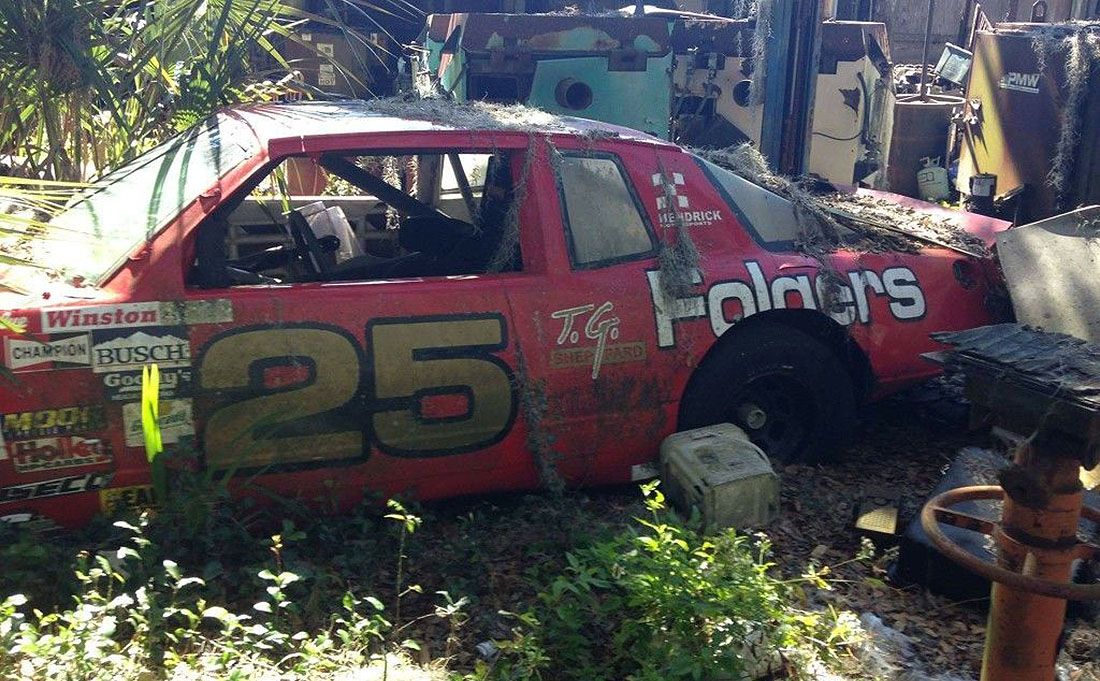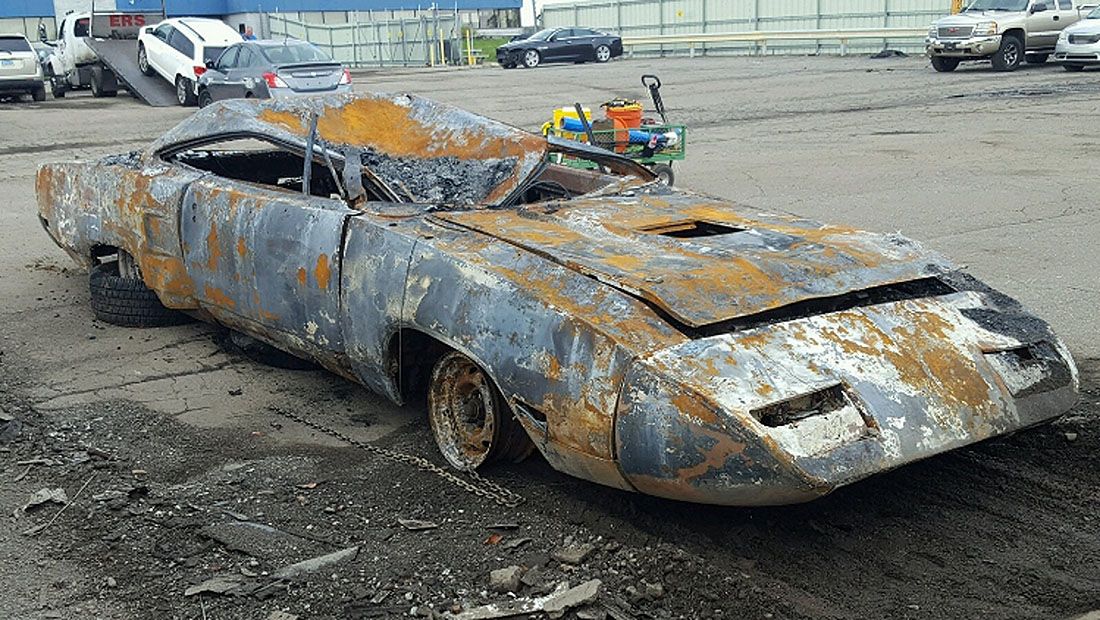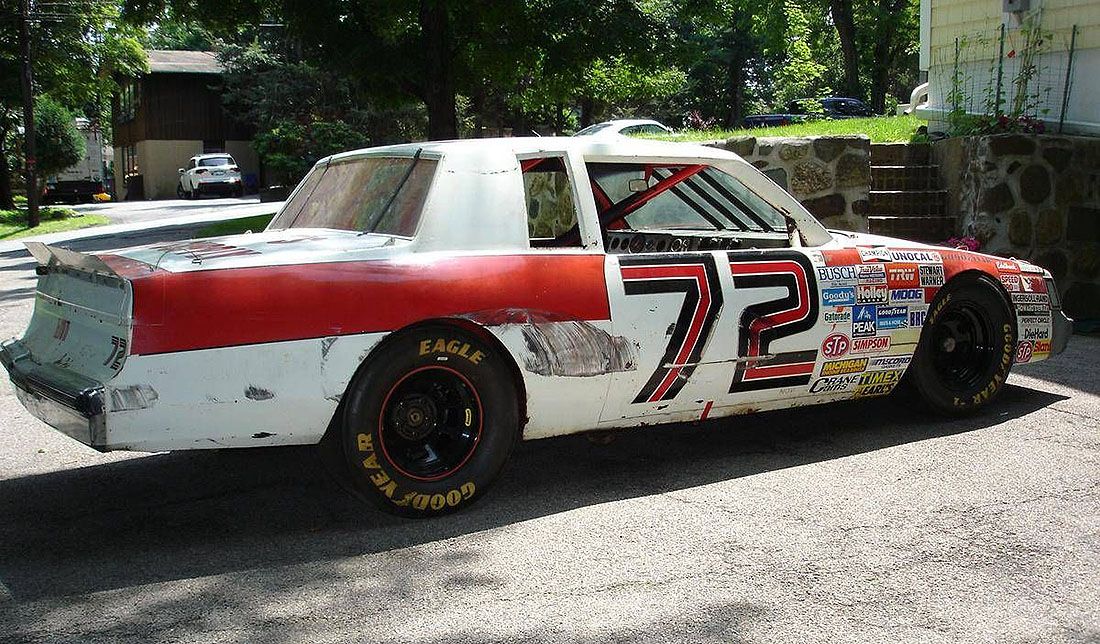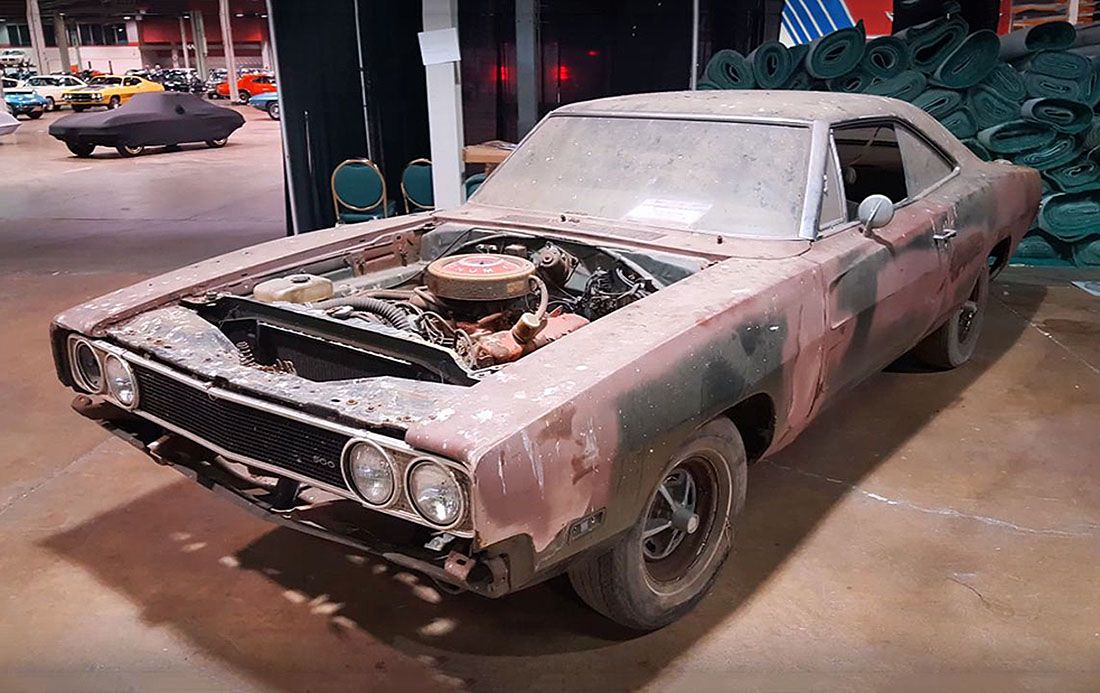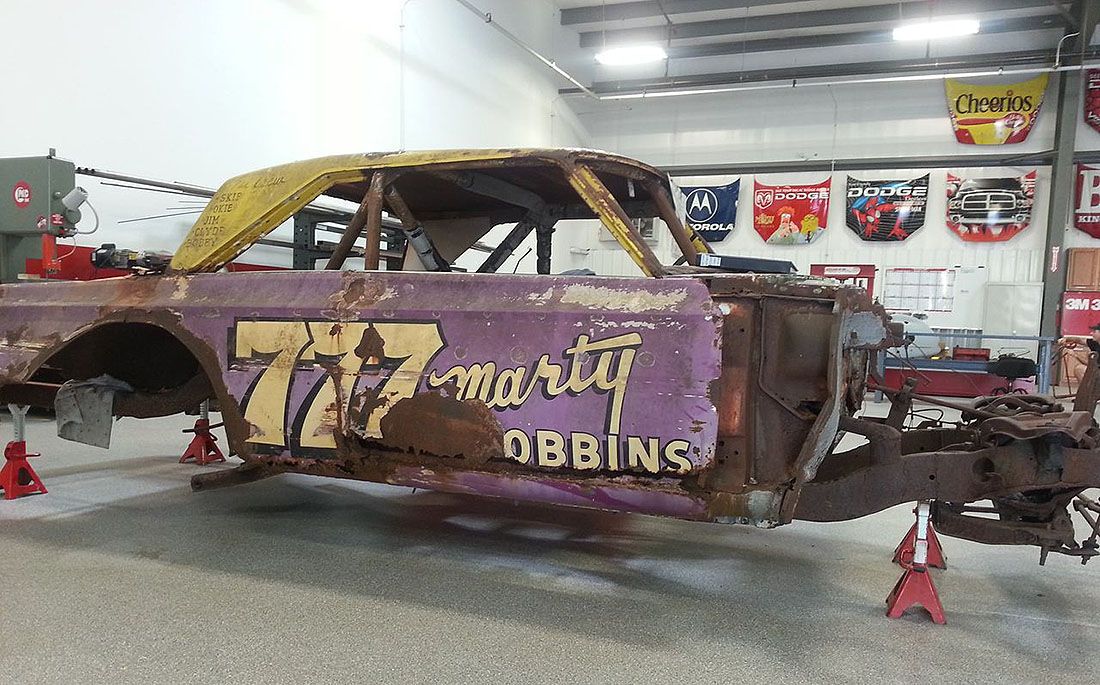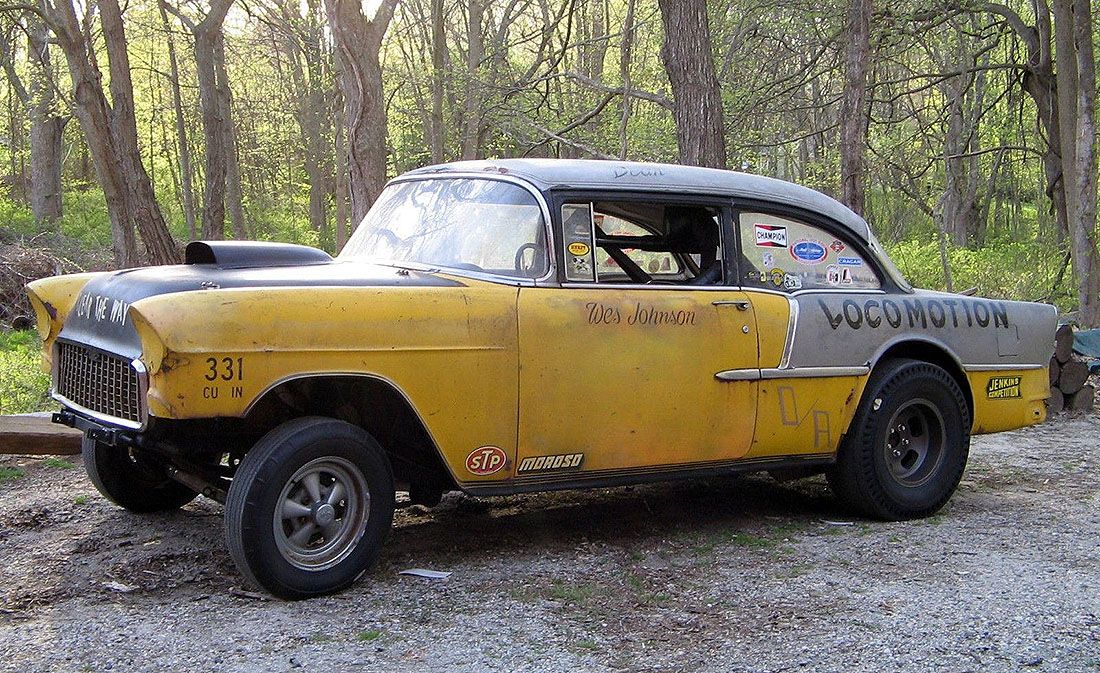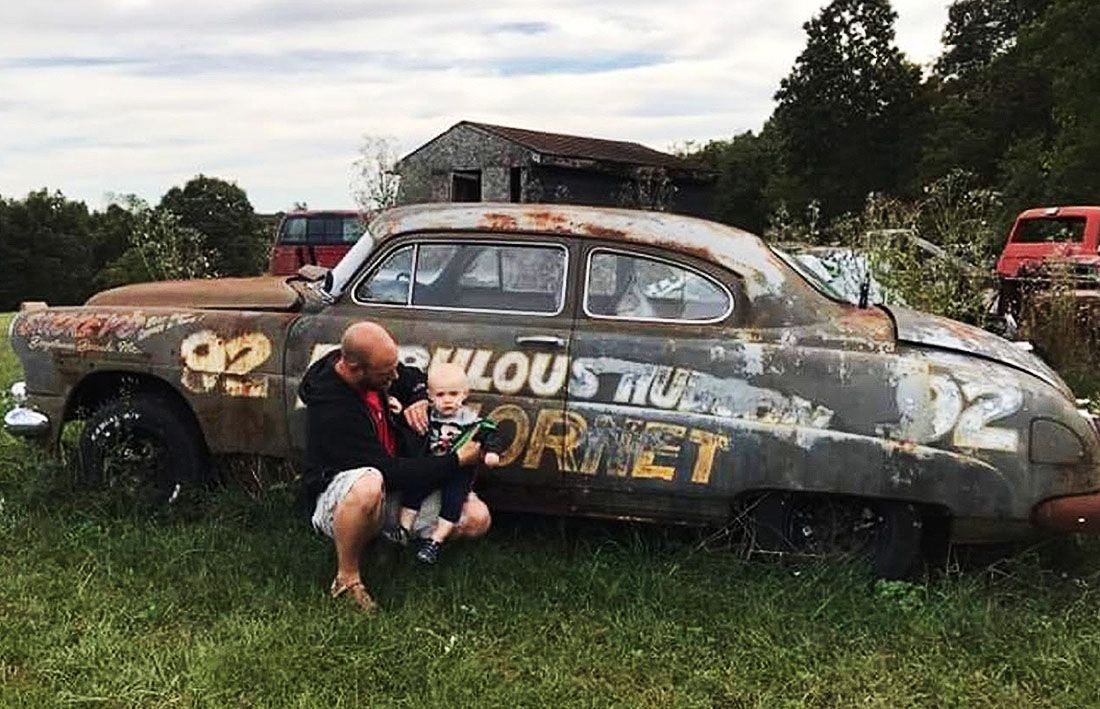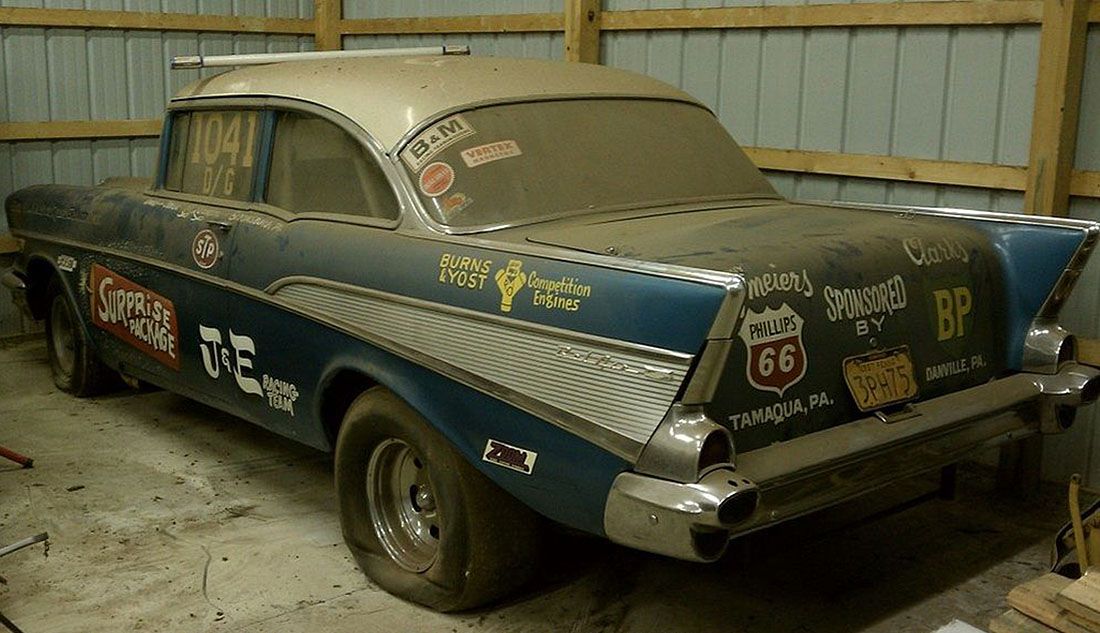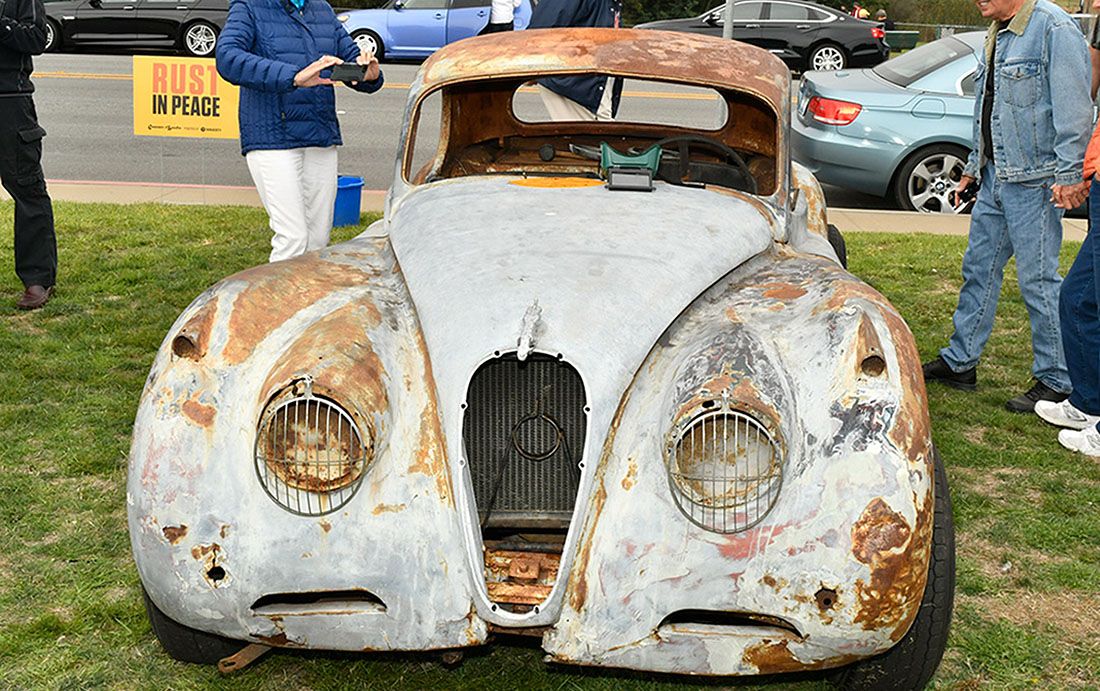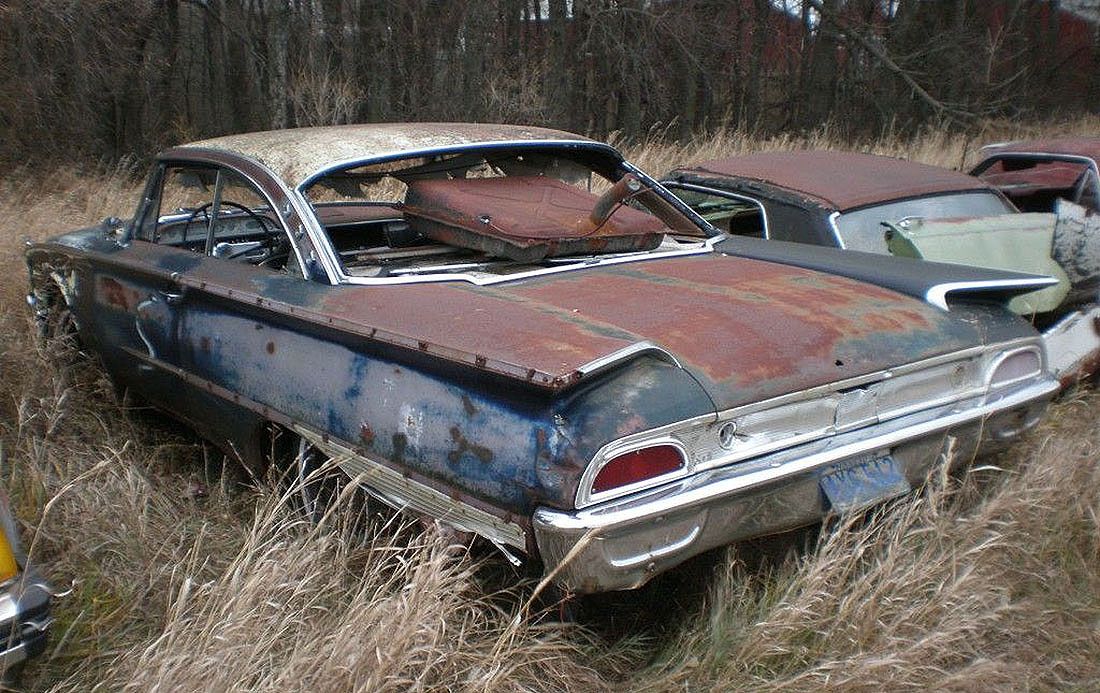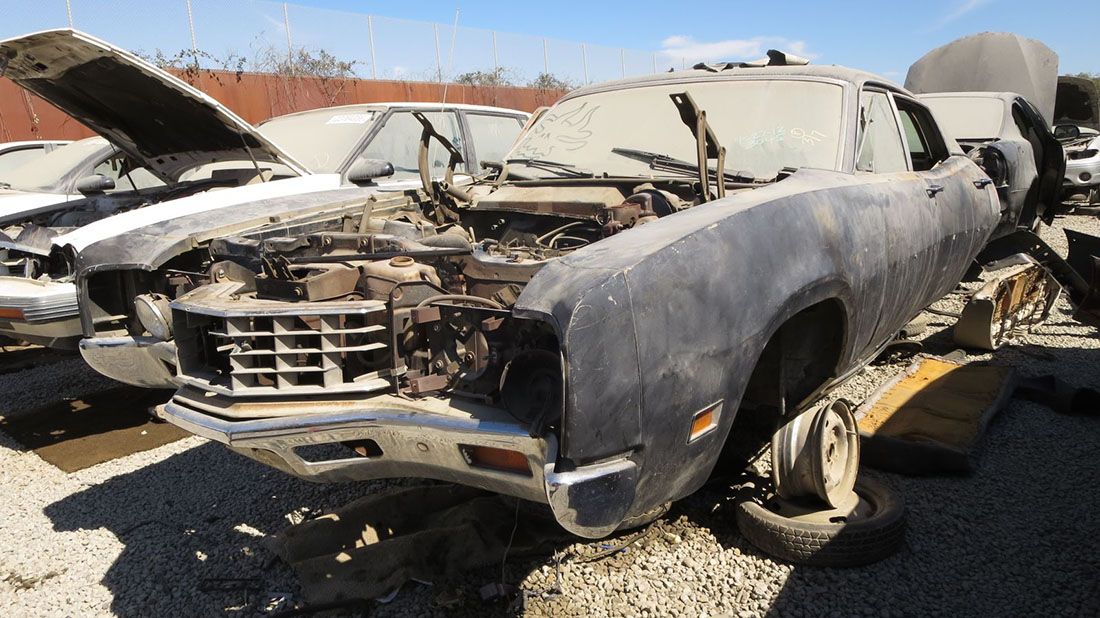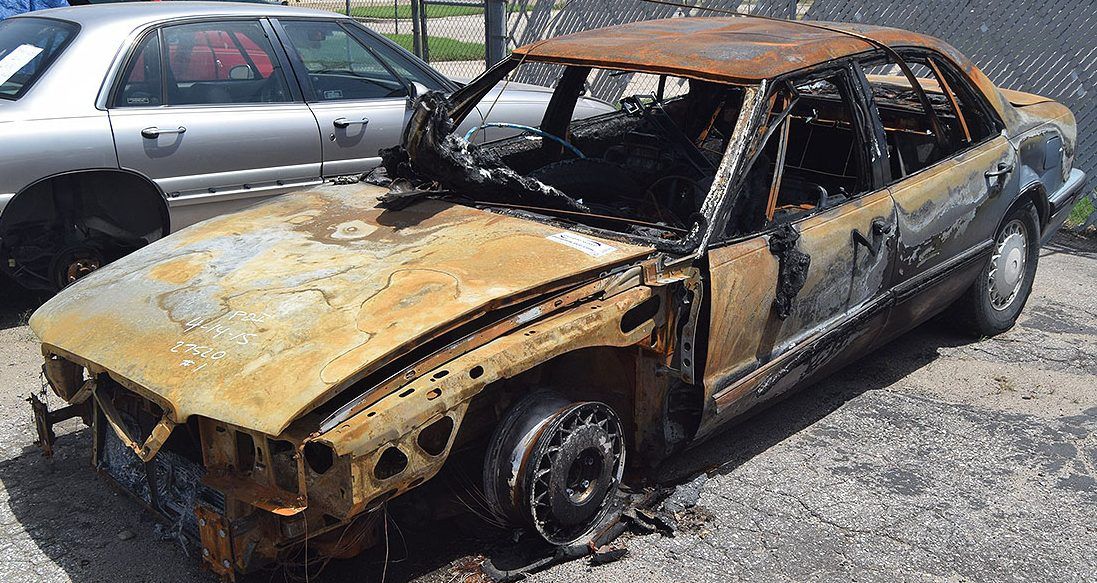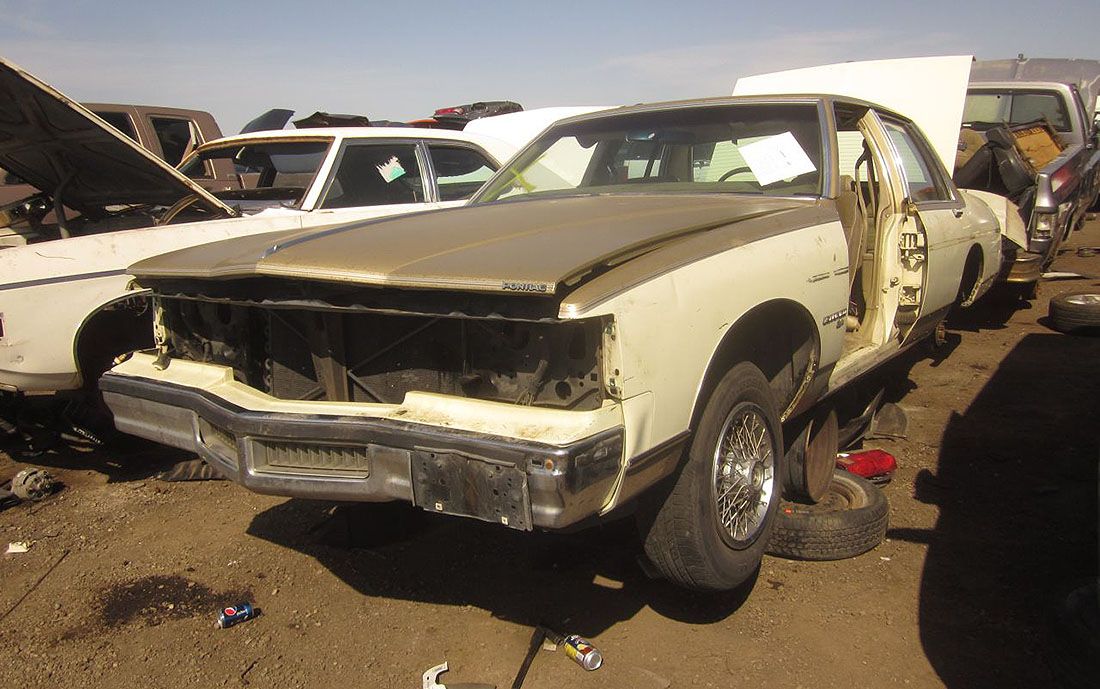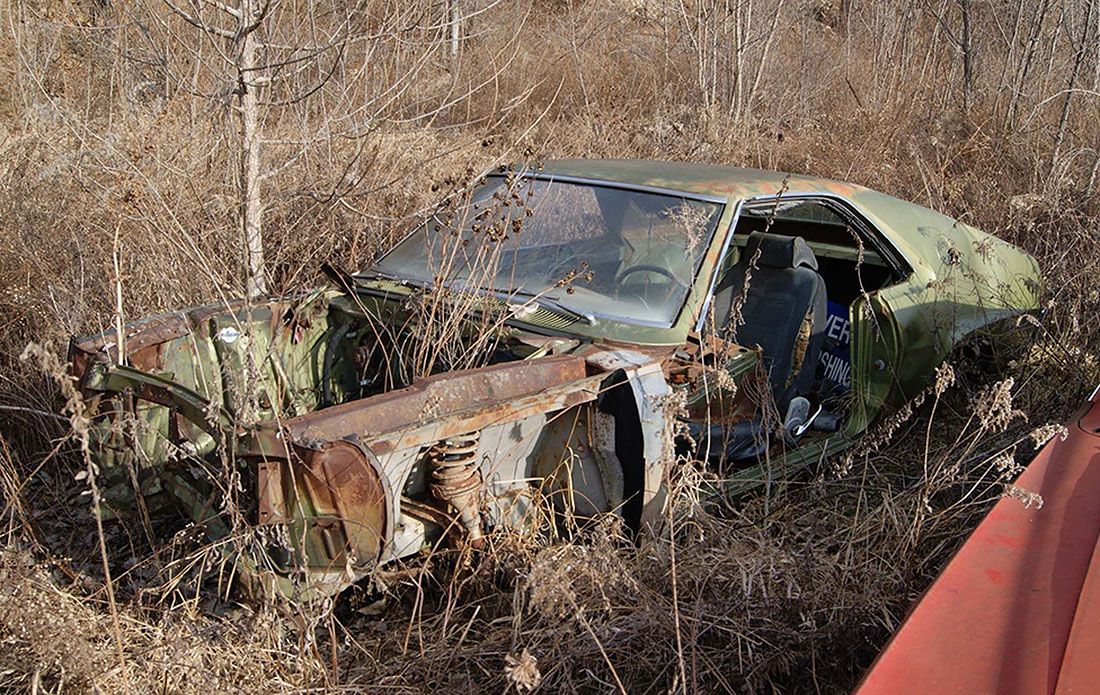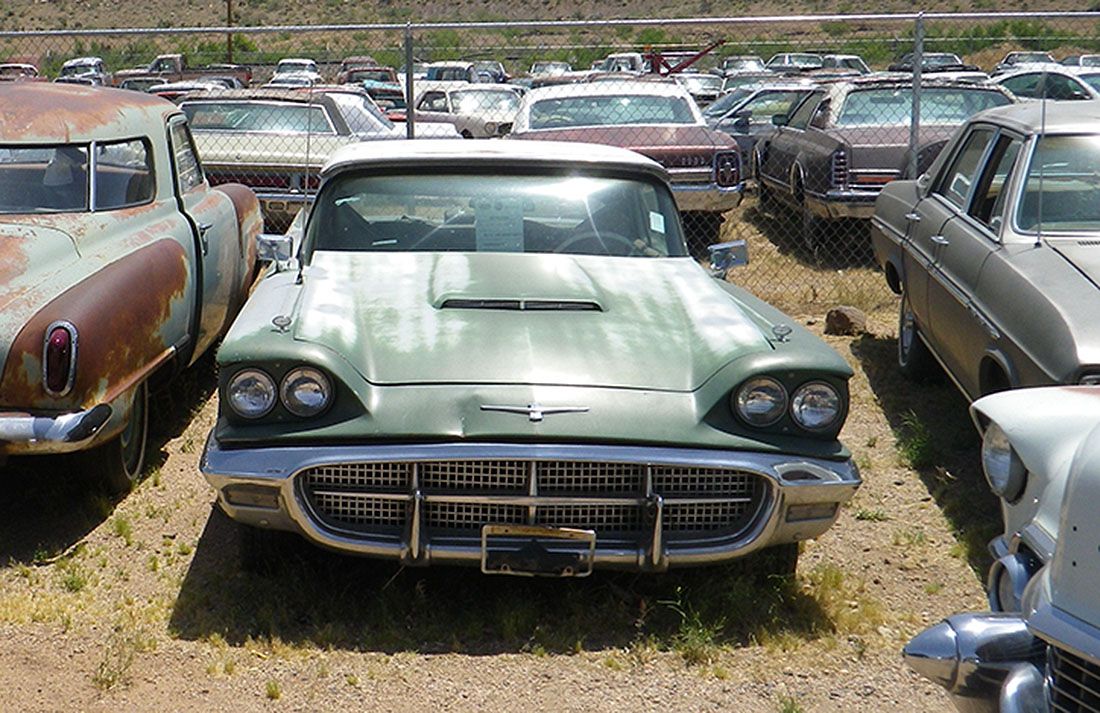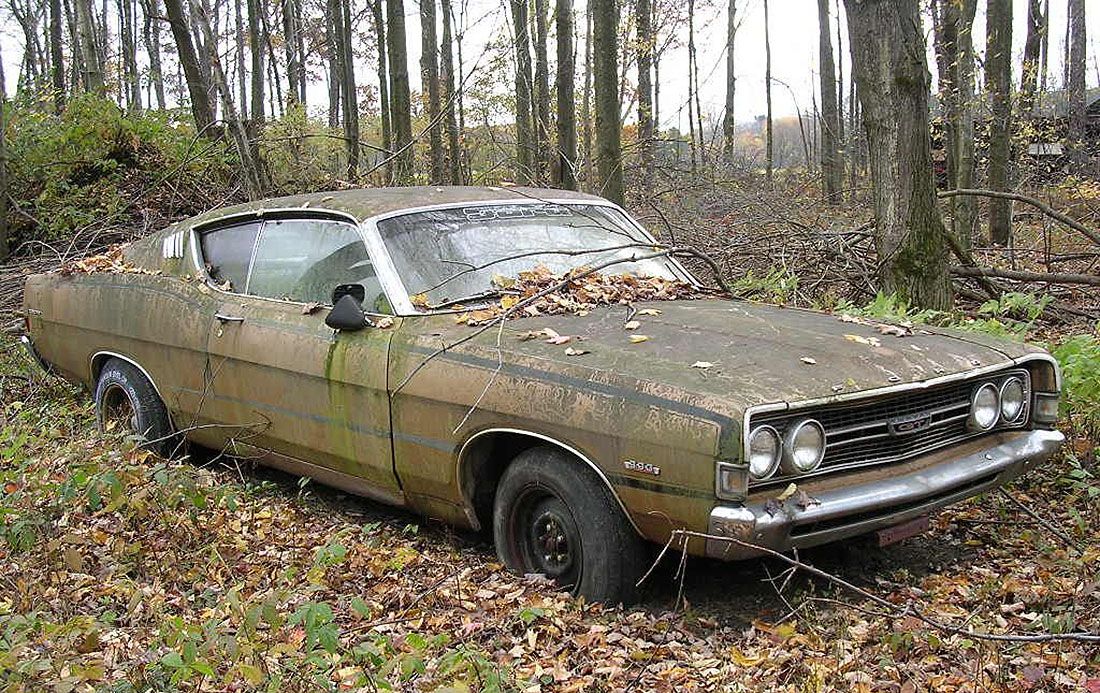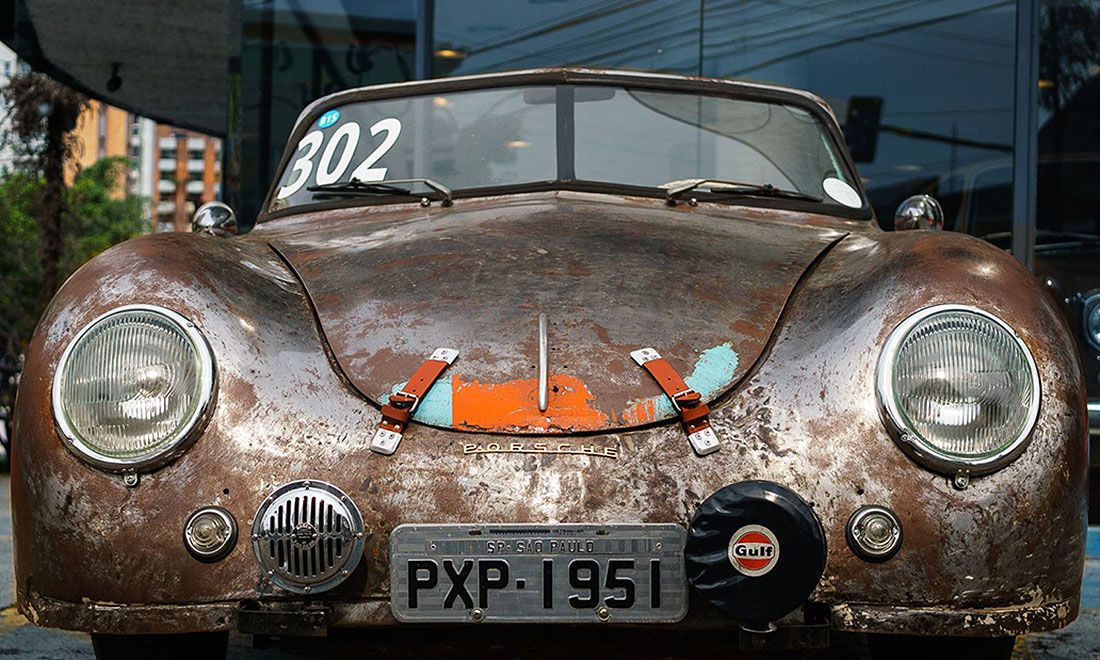Everyone knows what NASCAR stands for, right? It stands for National Association for Stock Car Auto Racing. For those who do not know the rules of racing, stock cars are production line cars; the kind of cars average people can buy at dealers. However, NASCAR racers are heavily modified for racing the circuits, though they are nowhere as fast as the Formula racers the rest of the world follows more closely.
Of course, while NASCAR is a legitimized sanctioning and operating company, the origins of stock car racing on the domestic soil are far murkier than just winning cups and glory. Stock car racing basically came to rise during the prohibition era, when bootleggers regularly had to outrun the cops and get their moonshine delivered to make a profit, rather than be put behind bars. Cars began to get modified with engine swaps, transmission upgrades, and the works. Once prohibition ended and everything became legalized, there were many of these upgraded cars just sitting around until someone decided to put them to good use in racing.
When mechanic William France Sr saw that the drivers were being fleeced by fly-by-night race organizers, he decided to form a race sanctioning company. And on February 21, 1948, NASCAR was born. Predictably, not every NASCAR racer lives its full life out after service on the track. Here are 25 old, dilapidated, and abandoned NASCAR cars that were once the boldest and the brashest of the lot...
25 1955 Chevy
In 1955, Chevrolet brought forward its now-famous small-block V8 power mill in the automobile market. It was the company’s first V8 after a long time—in fact, since 1918. The 1957 Chevrolet V8 carried a massive 4.6-liter V8 powerplant as its heart. In NASCAR racing, this increased horsepower recipe was a winning formula. The Chevy was almost beating everyone in its class in the racing arena. According to Classic-Car-History, the Chevrolet won 26 NASCAR "convertible duels" (more than any make) and has all three possible driver battles to its name.
24 Dodge Charger Daytona
This one must have been a star in its heydays considering how awesome it looks even in its junked avatar. Even now, it can definitely attract plenty of eyeballs like the way it did back in its smashing NASCAR history. It’s a brilliant 1969 Dodge Charger Daytona that charged fans into a frenzy in literally every racing showground. In 1970, this was the first car that crossed the 200-mph speed barrier at the Talladega 500. From then one, the Dodge Charger was always a crowd favorite, up until it finally reached the Fast & the Furious franchise, as well.
23 Toyota Camry
There is a reason Fast & Furious franchise loves to show off the Toyota Supra in the movies and call it a 10-second car. It's because Toyotas can really be built up to the level you want them to—and the Camry is no different. Toyota entered Nascar in 2000 and has been racing Camrys in the Monster Energy Cup for years, though the Camry has been replaced by the Supra in the Infinity Cup series. That said; this is a car with many wins, so it's a bit surprising to find a treasure trove like this just wasting away in the middle of nowhere.
22 Chevrolet Monte Carlo
Another yesteryear’s car nameplate that had an astonishing past, the Chevrolet Monte Carlo had a memorable journey in the car bazaar and was an outstanding performer in the racing circuits. It was active all through its automobile lifetime in the NASCAR arena. In 2007, it bid its final adieu from the auto market and car racing to let its abler sibling, the Impala, take over the racing mantle. Reviving the Chevrolet Camaro was another reason why the company wanted to withdraw Monte Carlo from the market. The Camaro would, in any case, have cannibalized the Monte Carlo, had it not been dropped from the lineup.
21 Plymouth Road Runner Superbird
According to TheDrive, the Plymouth Road Runner Superbird has been a highly sought-after souvenir in the car collector’s circle. That’s because the car offers heavy-duty performance and eye-popping aesthetics. However, the derelict NASCAR superhero above is a 1970 Road Runner Superbird that had a 440 Super Commando V8 “six-pack” indicating three two-barrel carburetors under its hood. This rare 1970 Superbird’s powerhouse was linked to a four-speed manual transmission. In spite of its fruitful run on the racing tracks, the Superbird lasted for a single-year production run for model year 1970 only.
20 Buick Regal
This upscale mid-size car has ruled the hearts of millions worldwide. Buick unveiled the Regal in 1973 and it lived up to its performance heritage well. According to Motor Trend, the Buick Regal offered lots of content for the price. Fresh with the victories in the Manufacturers Cup in 1981 and 1982, in Feb 1982, Buick debuted its Grand National trim, that was named in honor of the NASCAR Winston Cup Grand National Series. It housed a 4.1-liter V6 unit under its hood that could crank out 125 horsepower and 205 ft-lb of torque.
19 Dodge Charger 500
According to Road & Track, the Charger 500 was an unknown muscle car that Dodge created to dominate NASCAR. The Dodge Charger 500 came before the Charger Daytona and was meant for the NASCAR circuits. However, it failed to do so. This lesser-known car was the outcome of Aero Wars of the 1969 and 1970 NASCAR periods. Chrysler and Ford were redesigning their cars to go faster despite NASCAR’s unwillingness to allow any aerodynamic modifications on the cars. A total of 392 Charger 500 examples were ever built and only 67 of them had the matchless 7.0-liter Chrysler Hemi V8 powerplant. With the 1965 ban on the Hemi engine, Dodge tuned out the Charger 500 for the Charger Daytona.
18 Plymouth Belvedere
The Plymouth Belvedere was full of life in NASCAR between 1959 and 1967. In the late-60s and early-70s, they were also recruited for police service. During this era, LAPD and NYPD personnel banked on this handsome prince. The tattered car pictured above is a vintage 1964 Plymouth Belvedere that introduced Chrysler’s 7.0-liter Hemi V8 engine in the Belvedere lineup. The outcome was so overwhelming that this Hemi-equipped Plymouth secured first, second, and third spots at the NASCAR 1964 Daytona race.
17 Another 1955 Chevrolet
According to Barnfinds, the 1960s and 70s were the golden years for drag racing, as there were all sorts of stunning drag cars that were built during this era. It was an amazing period for the motorsport community, too. The picture above tells the story of a 1955 Chevrolet (often referred to as the "55 Chevy") that represents the time very well and is a gorgeous member of automobile sports history. It was once a proud member of Wes Johnson’s team, Locomotion. In fact, all three years of this Chevy—the 55, 56 and the 57—are greatly valued in the collector's bazaar till date.
16 Hudson Hornet
There was a reason that the Hudson Hornet featured as a cartoon car in the hit animation franchise by Disney, Cars. In the film, the Hudson Hornet featured as Doc Hudson, voiced by another racing stalwart, Paul Newman. It was initially made and sold by the Hudson Motor Car Company of Detroit, from 1951 to 54, and then bought by AMC and further produced till 1957. For many, this was even better than a Caddy and it also achieved a rather astonishing record in NASCAR. In 1952, the Hudson Hornet won 27 of the 34 races it entered, making it one really awesome NASCAR car.
15 Chevy Bel Air
This one is a second-generation 1957 Chevrolet Bel Air, albeit a junked one, though. According to Motor Trend, the Bel Air was supreme in the handling department; it received top marks by the magazine for this. It received rave reviews by Popular Mechanics magazine for a relaxing ride and great visibility. This upscale Bel Air was active in the 1955-58 seasons of the NASCAR championships. The car housed a 4.6-liter Super Turbo Fire V8 under its hood that could return a massive 283 horsepower and 393 ft-lb of torque.
14 Jaguar XK120
The XK120 was Jaguar’s first sports car after the demise of SS Jaguar 100 in 1940. It was an open two-seat sports car that had a 3.4-liter Jaguar XK6 DOHC inline-six engine under its hood. This car was highly successful in rallying and racing circuits. Upon its debut in 1948, it was hailed as the world's fastest production car. Clark Gable, the King of Hollywood and a Jaguar admirer, was the lucky one to get the first KX120 delivered to him. Also, not many would know it, but the XK120 won a NASCAR championship in 1954 and was the first foreign car to do so. Thereafter, NASCAR banned foreign entries!
13 Ford Galaxie
The Ford Galaxie was a full-sized car that lived through a five-year life cycle. Ford had introduced the Galaxie in the car bazaar to lock horns with its arch-rival, the Chevrolet Impala. Well, it did that until its demise at the end of the 1974 model year. The Galaxie also came with a fastback aerodynamic variant that hid a 7.0-liter FE Series V8 powerplant under its hood that capable of jetting out a massive 425 horsepower. The engine was built keeping in mind the NHRA's and NASCAR's 7.0-liter maximum engine size rules to let the Galaxie come on board as a NASCAR racer.
12 Mercury Montego
This is a Mercury Montego that lived for three generations in the global auto marketplace. In 1968, it was fielded by Wood Brothers Racing, a well-known professional stock car racing team. Currently, they are up for the Monster Energy NASCAR Cup Series and the team fields for No. 21 Ford Mustang full-time for John Paul Menard, still staying true to Ford. In the 1968 season, the team racked in over $160,000 in prize monies for a single season, which was an astounding total of earnings for that era—in any form of auto racing. The cars they used were the Mercury Montego and the Cyclone Spoiler II.
11 Buick LeSabre
LeSabre is the word for saber in France, a kind of backsword with a curved blade and considered rather dangerous in its wielding. This is perhaps why the Buick LeSabre was always a problem-free car and was okay on gas, besides being considered reliable and comfortable. In 1986, the LeSabre Grand National variant was built to meet the requirements for NASCAR’s coupe body-style race. It was dubbed as the rarest of all Buick examples that ever came to life, as only 120 of the masterpieces were ever created. In 2005, in its final model year, it was still a solid full-sized car in the domestic market.
10 Pontiac Grand Prix
Pontiac’s journey started long back in 1926 and it was always been marketed as the performance division of General Motors from 1960 onwards. Richard Allen Craven, a renowned stock car analyst who became a race driver, gave Pontiac one of the closest finishes in the NASCAR history back in 2004 while behind the wheel of a Pontiac Grand Prix, beating his rival by 0.002 seconds. It is also remembered as Pontiac’s final year in the NASCAR circuit, so clearly, it was quite the grand finish. Furthermore, Pontiac enjoyed a brilliant Grand Prix career in its long history. By the end of 2010, all of Pontiac's models were phased out.
9 AMC Javelin
The AMC Javelin was a winner all the way. In fact, even law enforcement agencies hired its second-generation AMX variant to chase lawbreakers on the highways since it was one powerful pony car. Actually, it is still remembered as the first pony car that was employed to carry out the highway car duties. It was the titleholder of Trans-Am race series for the years 1971, 1972, and 1976, though it never raced NASCAR. The Javelin examples are still in great demand among AMC fans even today, especially with the classic car collectors. And some customizers have turned them into hotrods that can beat even the fanciest of newbies today.
8 Ford Thunderbird
The Ford Thunderbird is quite the legend in the long and fast history of automobiles. Lovingly called the T-Bird, this car's journey was seven generations long and lasted almost half a century. In 1959, the T-Bird made inroads into the NASCAR season and went on to become a regular competitor in the racing circuits from then on. However, even the best of things have to come to an end. The last T-Bird rolled off the assembly line in 2005 to mark the end of an unforgettable era.
7 Ford Torino Talladega
The Talladega was a class apart. It was a new aerodynamic form of the Ford Torino or the Ford Fairlane Cobra. It was created exclusively by Ford to parade their dominance in NASCAR racing. However, it was also sold to the public to make the Talladega comply with the prevailing homologation rules in motorsports because stock cars were required to be sold to the public. A certain minimum number of cars had to be produced and bought by the public before the model could kiss the hallowed tracks of NASCAR. The Talladega won 29 Grand National titles during the 1969 and 1970 NASCAR seasons.
6 Porsche 356
The Porsche 356 partook in the 1953 and 1954 seasons of NASCAR. This was one car that was always on the top of the minds of the motor journos. Because of this, it remained a collectors’ dream car for a very long time. In 2004, Sports Car International, a renowned automobile magazine, placed the Porsche 356 C tenth among the best sports cars of the 60s. The 356 has also enjoyed tremendous success in rallying and car racing events, too. This sports car is still loved by lucky owners globally, who keep the Porsche 356’s tradition alive by maintaining their cars and driving them regularly.

